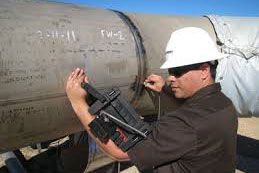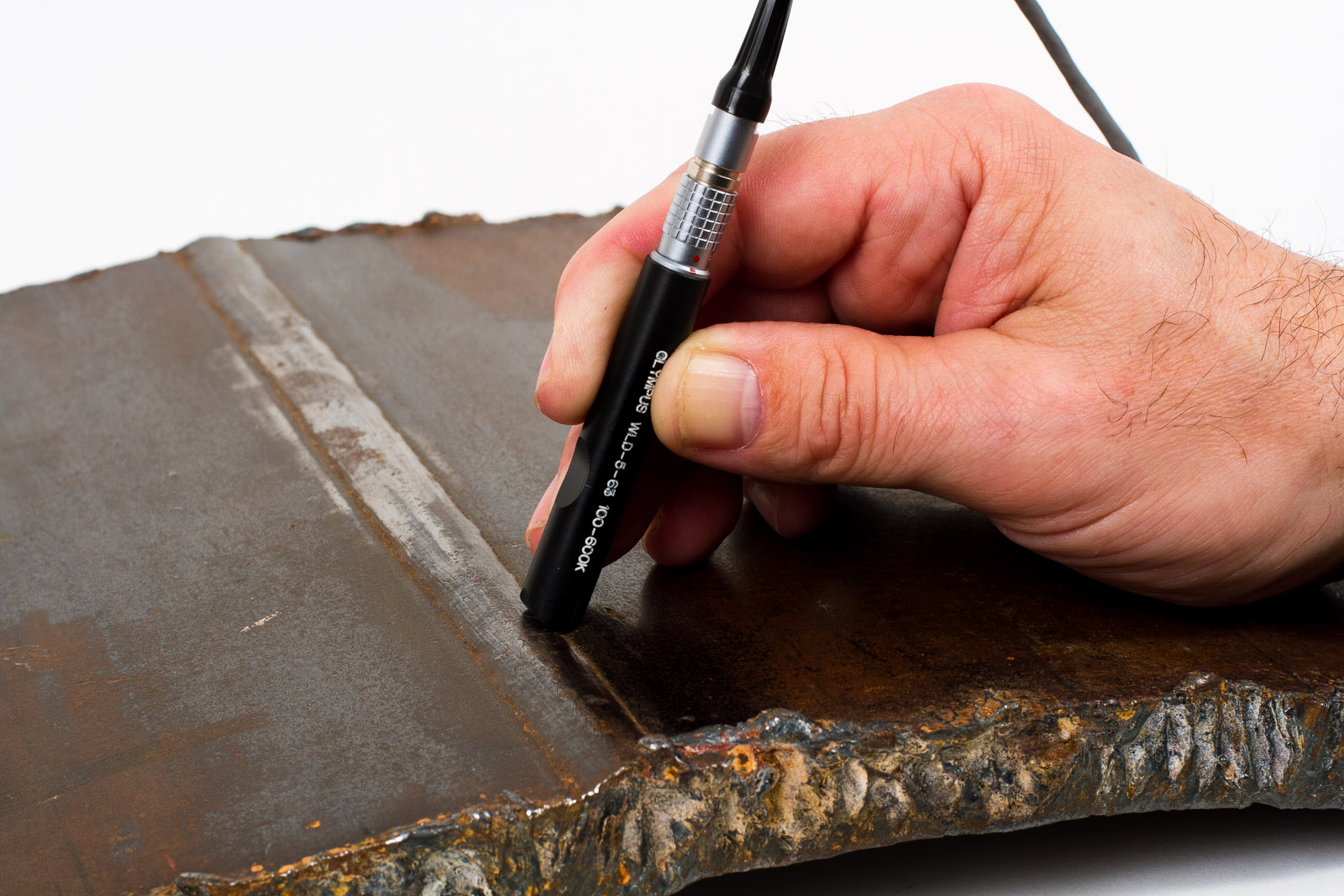How to Guarantee Quality with Welding Inspection Gilbert Arizona: Finest Practices
Wiki Article
Welding Inspection Demystified: Trick Procedures, Devices, and the Essential Role They Play in Maintaining High-Quality Welds
Welding assessment offers as an essential foundation in the guarantee of structural honesty and quality in welded joints, impacting various sectors from building to production. What are the crucial procedures and devices that make certain these criteria are promoted?Value of Welding Examination
Guaranteeing the honesty of bonded joints is paramount in numerous sectors, making the relevance of welding evaluation indisputable. The top quality of welds directly impacts the safety and security, efficiency, and longevity of parts and structures. In markets such as building, vehicle, aerospace, and production, any kind of failure in welded joints can lead to tragic consequences, including structural failings, equipment breakdown, and death.Welding evaluation offers as a crucial quality assurance procedure, ensuring that welds satisfy defined standards and governing demands. It recognizes flaws such as splits, porosity, and incomplete blend that might jeopardize the toughness of the weld. By identifying these concerns early, welding evaluation can protect against pricey rework, hold-ups, and potential safety and security threats.
In addition, welding examination cultivates compliance with industry criteria and qualifications, boosting the reliability of companies and their items. It additionally sustains continual renovation by offering useful comments to welding employees, allowing them to improve their strategies and processes.
Inevitably, the value of welding examination can not be overstated; it is important for maintaining high-grade welds, ensuring security, and protecting financial investments across various industries.

Trick Inspection Processes
Effective welding examination relies upon a series of crucial processes designed to assess the quality and integrity of welds. These processes incorporate both non-destructive and visual screening (NDT) methods, making certain that any flaws are determined before they endanger structural stability.The first action in the examination process is a comprehensive visual assessment, which permits examiners to examine welds for surface area issues such as fractures, undercuts, and incomplete blend. Complying with visual checks, numerous NDT strategies might be employed, consisting of ultrasonic testing, magnetic bit testing, and radiographic screening. Each technique uses special advantages; for example, ultrasonic screening can identify internal defects, while radiographic screening provides an irreversible record of the weld's inner framework.
Additionally, it is important to verify conformity with appropriate codes and requirements, making sure that the weld meets sector specifications. This includes inspecting weld dimensions and positioning, as incorrect dimensions can lead to failings under lots.
Crucial Tools for Inspection
Frequently making use of the right devices is important for attaining precise welding examinations. A comprehensive set of assessment tools aids make sure that welds meet rigorous top quality requirements and specs.Among the key devices is the aesthetic examination gauge, which enables inspectors to assess surface problems, such as tidiness and surface area coating, straight. Furthermore, micrometers and calipers are essential for gauging weld dimensions and ensuring they satisfy needed tolerances.
For even more thorough analyses, ultrasonic screening (UT) devices is very useful. This method utilizes high-frequency audio waves to assess and discover internal imperfections material density. Likewise, magnetic particle testing (MT) and color penetrant testing (PT) are important for recognizing surface area and near-surface problems, providing immediate aesthetic indicators of potential concerns.
Welders need to also be outfitted with hardness testers, which review the mechanical homes of the weld metal and base products, ensuring they fulfill specific requirements. Ultimately, documenting findings with digital evaluation devices improves traceability and high quality control. By utilizing these crucial devices, examiners can keep top quality welds, inevitably adding to the safety and dependability of bonded structures.
Typical Defects and Their Discovery
Welds, comparable to the foundation of architectural integrity in building and manufacturing, can exhibit numerous defects that jeopardize their performance and security. Common flaws include porosity, splits, undercut, absence of fusion, and slag incorporations (Welding Inspection Gilbert Arizona). Each of these defects can materialize as a result of inappropriate welding techniques, poor product choice, or insufficient prep work
Discovery of these defects can be accomplished through various non-destructive testing approaches, including aesthetic inspection, ultrasonic screening, and radiographic testing. Each method plays an essential function in determining these faults, guaranteeing that the integrity of the weld is kept and decreasing the risk of failing in critical applications.

Best Practices for Top Quality Guarantee
Making sure the best quality of welds is critical for architectural integrity and safety, specifically in industries where the repercussions of failing can be extreme. To accomplish this, several best techniques for quality control need try this to be executed throughout the welding process.
First, a durable welding procedure requirements (WPS) ought to be established, describing the required specifications for each welding operation. This ensures uniformity and adherence to sector requirements. Second, comprehensive training and accreditation of welders are crucial; skilled workers are much better furnished to create premium welds and acknowledge potential defects.
Regular assessments need to be incorporated right into the welding process, making use of both non-destructive and aesthetic testing (NDT) techniques to find imperfections early on. Regular calibration of evaluation tools is important to maintain precision. Furthermore, documenting all welding activities, consisting of assessments and rehabilitative activities, creates a deducible record that can be very useful for high quality control.
Conclusion
Finally, welding evaluation acts as a vital device for making sure the stability and dependability of bonded joints across sectors - Welding Inspection Gilbert Arizona. Through the implementation of crucial inspection processes and the utilization of essential devices, companies can efficiently recognize and address prospective defects. Adherence to finest practices in high quality assurance not only boosts security however also makes company website sure compliance with sector standards, eventually contributing to the durability and performance of structures and partsWelding inspection offers as an important backbone in the assurance of structural stability and quality in welded joints, influencing various sectors from building and construction to manufacturing.Guaranteeing the stability of welded joints is vital in numerous sectors, making the significance of welding assessment indisputable.Welding inspection offers as an essential quality control step, guaranteeing that welds satisfy defined standards and regulatory requirements. By using these essential devices, examiners can maintain high-quality welds, inevitably adding to the safety and integrity of welded frameworks.
In final thought, welding examination serves as a crucial device for making sure the integrity and integrity of bonded joints throughout industries.
Report this wiki page